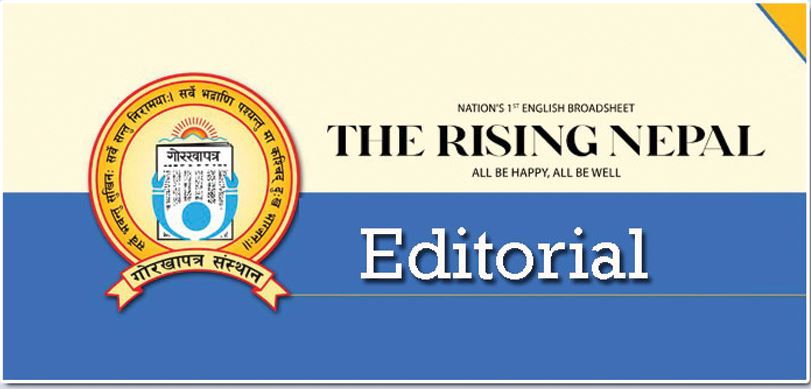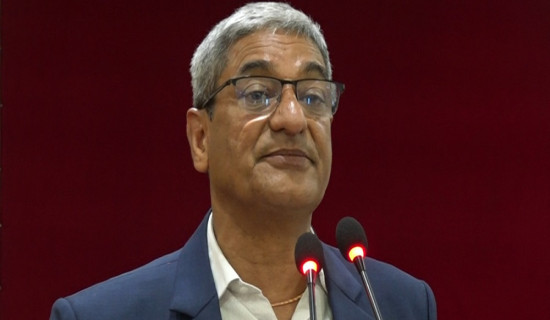- Friday, 23 May 2025
Growing Export
In an encouraging trend, Nepal has seen a notable surge in exports. The export trade has soared by 72.71 per cent in the first 10 months of the current fiscal year 2024/25. The country exported goods worth Rs. 217.91 billion during the review period, a steep increase from Rs. 126.17 billion during the same period last fiscal year 2023/24. At the same time, Nepal's import trade has also gone up, surging by 13.11 per cent from the same period last year. The increase in the export of soybean oil, sunflower and tea and coffee has contributed to an increase in the export trade.
However, the export has fallen short in filling up the country's trade deficit, which has continued to increase due to the higher volume of imports than exports. The trade deficit increased by 6.72 per cent to Rs. 1256.27 billion, up from 1,177.18 billion over the same period last year. The ratio of export to import stands at 1:6.77, and the share of export in the total foreign trade accounts for 45.91 per cent, while that of import stands at a whopping 87.12 per cent.
On the import side, petroleum products worth Rs. 224.35 billion have been imported, with diesel being the most imported commodity at Rs. 102.38 billion. Similarly, the country imported cereals worth Rs. 52.76 billion, including rice and paddy worth Rs. 35.53 billion and maize worth Rs. 15.93 billion. This is indeed worrying for a country where agriculture is the primary occupation of the majority of the people. Nepal has a history of exporting rice, wheat, vegetables and other agricultural products to neighbouring countries and beyond, demonstrating its potential in agriculture. Harnessing this prospect is vital to reverse the current trend.
As encouraging as the increase in exports is, the country has a long way to go to make a dent in the ballooning trade deficit. Unless we make our products internationally competitive in price and quality, our dream of plugging the trade deficit gap remains far-fetched. Only by addressing the issues plaguing export industries will we see our exports soar. To boost exports, the country needs to improve infrastructure that makes production and transportation of goods efficient, promote value-added products, and diversify export markets.
Woollen rugs, tea and coffee have been among our most reliable export items and also our long-time strengths, earning us billions every year. Doubling down on our efforts at marketing and branding helps diversify our international markets. The sustained export of palm and soybean oils to India has gone a long way in adding value to our export trade, though almost all of the commodity is imported from third countries.
In an increasingly globalised world, manufacturing goes to where quality goods can be manufactured cheaply. Labour cost, availability of energy, a competent labour force, infrastructure, and government incentives play determining roles in boosting export potential. In the case of Nepal, energy production is steadily going up, the labour force is young and affordable, the investment climate is improving, and there has been no major unrest in many years now. All these factors contribute to profitably setting up industries.
The sobering reality, however, is that several industries have shut down, and dozens are struggling to stay afloat. Against this backdrop, the government's intervention is critical to keep factories running.
















